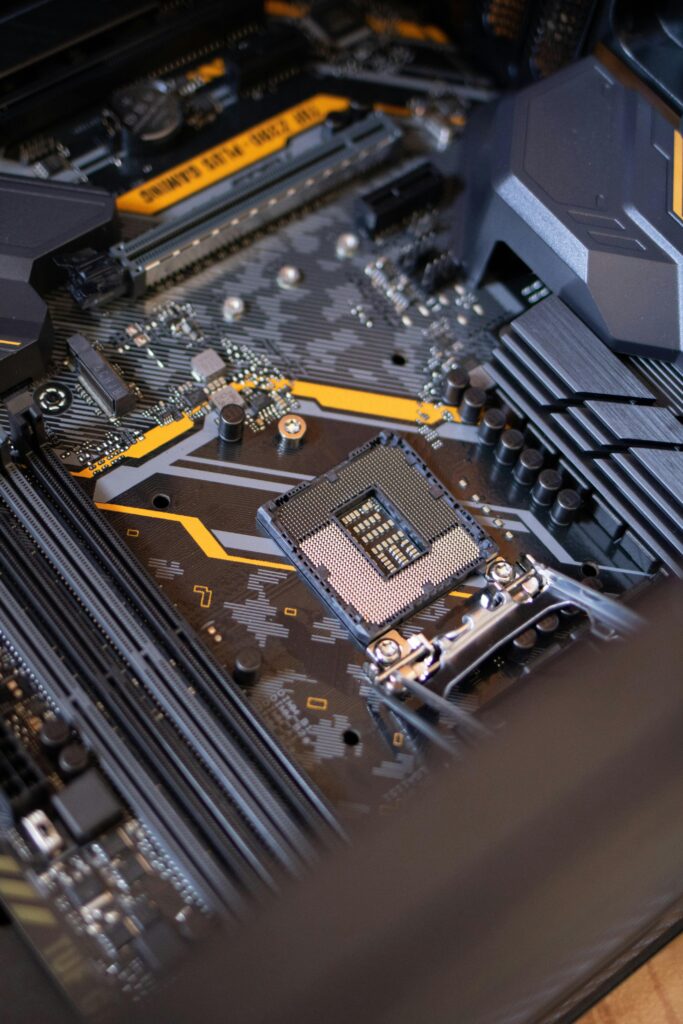Introduction
In an era where technology permeates every aspect of life, ensuring system safety is paramount. Functional safety design emerges as a critical discipline, focusing on preventing hazards caused by system failures. This blog explores how to integrate functional safety principles to mitigate risks effectively.

1. Understanding Functional Safety
Functional safety ensures systems operate correctly under both normal and fault conditions, preventing harm to people, equipment, or the environment. It’s governed by standards like ISO 26262 (automotive), IEC 61508 (industrial), and ISO 13849 (machinery), which provide frameworks for risk reduction.
2. Hazard Identification and Risk Assessment
- HAZOP/FMEA: Tools like Hazard and Operability Studies (HAZOP) and Failure Modes and Effects Analysis (FMEA) systematically identify potential failures and their impacts.
- Risk Matrix: Classify hazards by severity and likelihood to prioritize mitigation efforts.
3. Safety Standards and Integrity Levels
- SIL/ASIL: Safety Integrity Levels (SIL) and Automotive Safety Integrity Levels (ASIL) quantify required risk reduction. Higher levels demand rigorous design, testing, and documentation.
4. Design Techniques for Safety
- Redundancy: Dual-channel systems with cross-checking (e.g., automotive braking systems).
- Fail-Safe Mechanisms: Default to safe states (e.g., railway signals turning red on failure).
- Fault Detection: Watchdog timers and error-correcting codes to detect and correct issues.
5. Verification and Validation
- Testing Phases: Unit, integration, and system testing, supplemented by fault injection to simulate failures.
- Certification: Compliance with industry-specific standards ensures adherence to safety protocols.
6. Lifecycle Management
- Continuous Monitoring: Regular updates and maintenance to address evolving risks.
- Decommissioning: Safe retirement of systems to prevent residual hazards.
7. Cybersecurity Integration
With rising connectivity, safeguarding safety mechanisms from cyber threats is crucial. Secure communication protocols and encryption protect against malicious attacks.
8. Real-World Applications
- Automotive: Autonomous vehicles using redundant sensors to ensure reliable operation.
- Industrial: PLCs in manufacturing detecting faults to shut down machinery safely.
Conclusion
Functional safety design is a proactive approach to hazard mitigation, blending rigorous analysis, robust design, and continuous oversight. By adhering to standards and embracing best practices, engineers can create systems that protect lives and assets.
Call to Action
Prioritize functional safety in your next project—invest in thorough risk assessments, leverage proven design techniques, and stay updated with evolving standards. Safety is not an afterthought; it’s the foundation of trust in technology.
This structured approach guides readers through essential concepts, practical examples, and actionable steps, emphasizing the importance of integrating safety from design to decommissioning.


